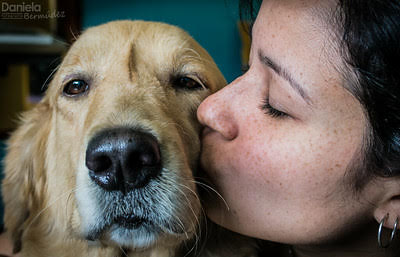Interim estimates for how well this year's flu vaccines protected against medically attended flulike illness showed moderate vaccine effectiveness (VE) overall, with higher levels in children than in adults, researchers from the Centers for Disease Control and Prevention (CDC) and their state health partners reported today in the latest edition of Morbidity and Mortality Weekly Report (MMWR).

The data come from four networks that the CDC uses to track vaccine effectiveness, which cover patients in 22 states. This is the first year that pediatric and adult VE estimates from the four networks have been presented together. The study did not measure how VE waned after vaccination.
For adults, VE against flu diagnosed in outpatient settings ranged from 33% to 49% and against flu hospitalization ranged from 41% to 44%. For the pediatric age-group, VE for flu detected in outpatient settings was 59% to 67% and against flu-linked hospitalization was 52% to 61%. "These findings demonstrate that the 2023–24 seasonal influenza vaccine is effective at reducing the risk for medically attended influenza virus infection," the group wrote, noting that the interim results were consistent with findings from previous years.
The vaccines were effective against both influenza A, which has mainly been the 2009 H1N1 strain this season, and influenza B, similar to recent estimates from Canada and Europe. For seniors, a group at higher risk for flu complications, VE was similar to adults ages 18 to 64 years old.
The CDC noted that flu vaccine coverage has been lower this season than last season and is even lower than prepandemic uptake.
California estimate also finds moderate protection
In a separate report in the same MMWR issue, an analysis of surveillance data from California found that flu vaccines so far this season have provided moderate protection against lab-confirmed flu across all age-groups.
Overall, VE was 45%, highest in children younger than 18 years old. VE declined with age and was 30% in adults ages 65 and older.















